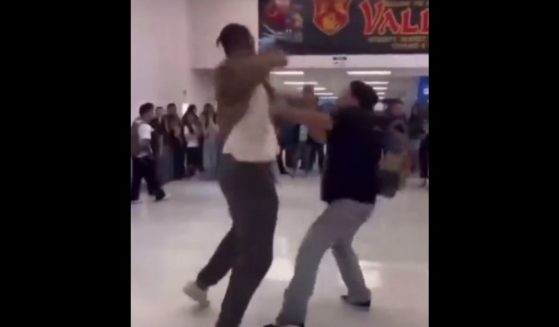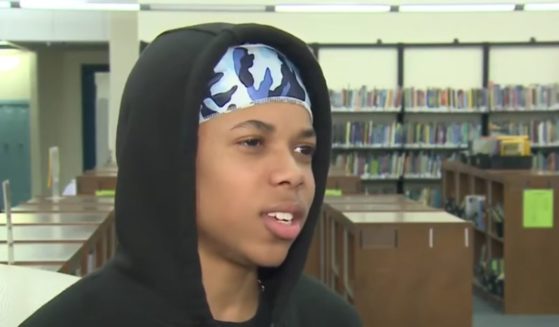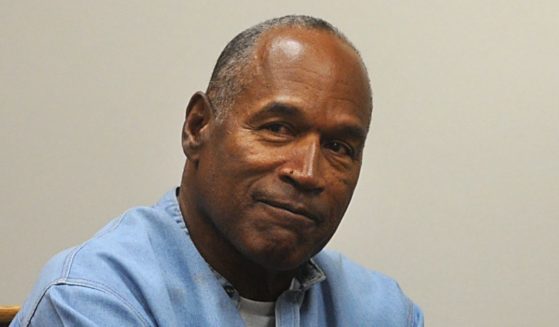Iran's Supreme Leader Breaks Silence to Blame US as Protests Enter 3rd Week - 'Designed by America'
Iran’s supreme leader, Ayatollah Ali Khamenei, responded publicly on Monday to the biggest protests in Iran in years, breaking weeks of silence to condemn what he called “rioting” and accuse the United States and Israel of planning the protests.
The unrest, ignited by the death of a young woman in the custody of Iran’s morality police, is flaring up across the country for a third week despite government efforts to crack down.
On Monday, Iran shuttered its top technology university following an hours-long standoff between students and the police that turned the prestigious institution into the latest flashpoint of protests and ended with hundreds of young people arrested.
Speaking to a cadre of police students in Tehran, Khamenei said he was “deeply heartbroken” by the death of 22-year-old Mahsa Amini in police custody, calling it a “tragic incident.”
However, he lambasted the protests as a foreign plot to destabilize Iran, echoing authorities’ previous comments.
“This rioting was planned,” Khamenei said. “These riots and insecurities were designed by America and the Zionist regime, and their employees.”
Meanwhile, Sharif University of Technology in Tehran announced that only doctoral students would be allowed on campus until further notice following hours of turmoil Sunday, when witnesses said antigovernment protesters clashed with pro-establishment students.
The witnesses, who spoke on condition of anonymity for fear of reprisals, said the police kept hundreds of students holed up on campus and fired rounds of tear gas to disperse the demonstrations. The student association said plainclothes officers surrounded the school from all sides as protests roiled the campus after nightfall and detained at least 300 students.
Plainclothes officers beat a professor and several university employees, the association added.
The state-run IRNA news agency sought to downplay the violent standoff, reporting a “protest gathering” took place without causing casualties. But it also said police released 30 students from detention, acknowledging many had been caught in the dragnet by mistake as they tried to go home.
The crackdown sparked backlash on Monday at home and abroad.
“Suppose we beat and arrest, is this the solution?” asked a column in the Jomhouri Eslami daily, a hard-line Iranian newspaper. “Is this productive?”
German Foreign Minister Annalena Baerbock condemned “the regime’s brute force” at Sharif University as “an expression of sheer fear at the power of education and freedom.”
“The courage of Iranians is incredible,” she said.
Iran’s latest protest movement, which has produced some of the nation’s most widespread unrest in years, emerged as a response to Amini’s death after her arrest for allegedly violating the country’s strict Islamic dress code.
It has since grown into an open challenge to the Iranian leadership, with women burning their state-mandated headscarves and chants of “Death to the dictator” echoing from streets and balconies after dark.
The demonstrations have tapped a deep well of grievances in Iran, including the country’s social restrictions, political repression and ailing economy, strangled by U.S. sanctions.
The unrest has continued in Tehran and far-flung provinces even as authorities have disrupted internet access and blocked social media apps.
Protests also have spread across the Middle East and to Europe and North America. Thousands poured into the streets of Los Angeles to show solidarity. Police scuffled with protesters outside Iranian embassies in London and Athens. Crowds chanted “Woman! Life! Freedom!” in Paris.
In his remarks on Monday, Khamenei condemned scenes of protesters ripping off their hijabs and setting fire to mosques, banks and police cars as “actions that are not normal, that are unnatural.”
He warned that “those who foment unrest to sabotage the Islamic Republic deserve harsh prosecution and punishment.”
Security forces have responded with tear gas, metal pellets and in some cases live fire, according to rights groups and widely shared footage, although the scope of the crackdown remains unclear.
Iran’s state TV has reported the death toll from violent clashes between protesters and security officers could be as high as 41. Rights groups have given higher death counts, with London-based Amnesty International saying it has identified 52 victims.
An untold number of people have been apprehended, with local officials reporting at least 1,500 arrests. Security forces have picked up artists who have voiced support for the protests and dozens of journalists. Most recently Sunday, authorities arrested Alborz Nezami, a reporter at an economic newspaper in Tehran.
Iran’s intelligence ministry said nine foreigners have been detained over the protests. A 30-year-old Italian traveler named Alessia Piperno called her parents on Sunday to say she had been arrested, her father Alberto Piperno told Italian news agency ANSA.
“We are very worried,” he said. “The situation isn’t going well.”
Most of the protesters appear to be under 25, according to witnesses — Iranians who have grown up knowing little but global isolation and severe Western sanctions linked to Iran’s nuclear program.
A Tehran-based university teacher, Shahindokht Kharazmi, said the new generation has come up with unpredictable ways to defy authorities.
“The [young protesters] have learned the strategy from video games and play to win,” Kharazmi told the pro-reform Etemad newspaper. “There is no such thing as defeat for them.”
As the new academic year began this week, students at universities in major cities across Iran gathered in protest, clapping, chanting slogans against the government and waving their headscarves, according to videos widely shared on social media.
The eruption of student anger has worried the Islamic Republic since at least 1999, when security forces and supporters of hard-line clerics attacked students protesting media restrictions. That wave of student protests under former reformist President Mohammad Khatami touched off the worst street battles since the 1979 Islamic Revolution.
“Don’t call it a protest, it’s a revolution now,” shouted students at Shahid Beheshti University in Tehran, as women set their hijabs alight.
“Students are awake, they hate the leadership!” chanted crowds at the University of Mazandaran in the country’s north.
Riot police have been out in force, patrolling streets near universities on motorbikes.
The Western Journal has reviewed this Associated Press story and may have altered it prior to publication to ensure that it meets our editorial standards.
Truth and Accuracy
We are committed to truth and accuracy in all of our journalism. Read our editorial standards.












